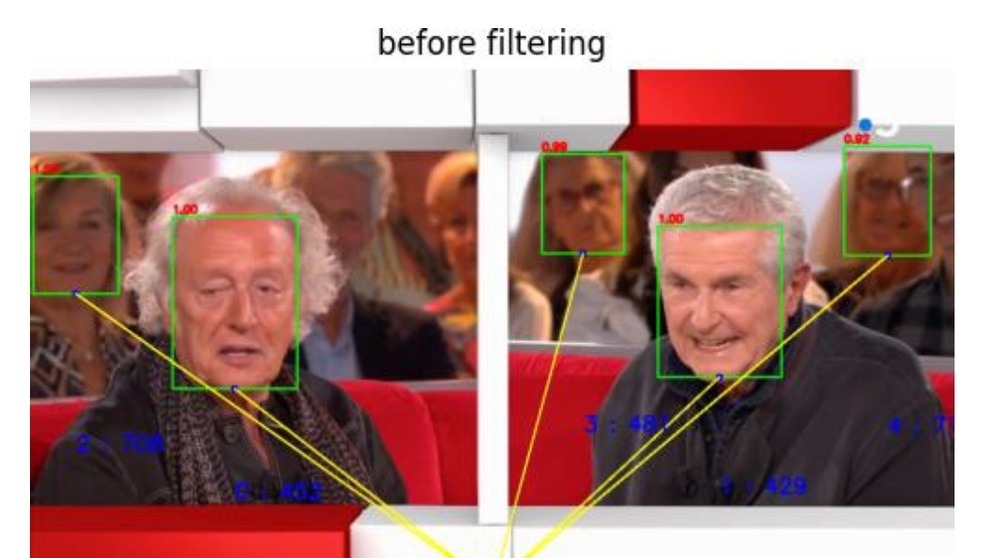This paper proposes an objective film grain similarity model using a data-driven approach, which aligns closely with human perception, demonstrating a high correlation with subjective studies.
Digital cinematography has advanced, yet many artists prefer film rolls for their distinctive texture and essence, with film grain being integral to their artistic expression. However, Over-the-Top (OTT) providers and streamers face challenges with this high-entropy signal, unfriendly to compression due to limited bandwidth. Preserving film grain involves removing it at the source and resynthesizing it post-decoding, a strategy supported by codecs like AV1 and VVC, albeit potentially compromising grain fidelity.
Our subjective studies, presented at IBC 2023, examined existing film grain synthesis methods, revealing shortcomings in replicating the original grain appearance. In this paper, we propose...
You are not signed in.
Only registered users can view this article.

IET announce Best of IBC Technical Papers
The IET have announced the publication of The best of IET and IBC 2024 from IBC2024, once again showcasing the groundbreaking research presented through the papers. The papers have been selected by IBC’s Technical Papers Committee for being novel, topical, analytical and well-written and which have the potential to make a significant impact upon the media industry. 327 papers were submitted this year, and after a rigorous selection process this publication features the ten papers deemed by the judges to be the best.

Technical Papers 2024 Session: 5G Case Studies – public network slicing trials and striving for low latency
In this session from IBC2024, Telestra Broadcast Service and the BBC present their work 5G Case Studies as part of the IBC Technical Papers.

Technical Papers 2024 Session: AI in Production – training and targeting
In this session from IBC2024, three authors from NHK, Viaccess-Orca and European Broadcasting Union present their work on the application of AI to media production as part of the IBC Technical Papers.

Technical Papers 2024: Audio & Speech – advances in production
In this session from IBC2024, two authors present their work on Audio Description and implementing Audio Definition Model as part of the IBC Technical Papers.

Technical Papers 2024 Session: Advances in Video Coding – encoder optimisations and film grain
In this session from IBC2024, IMAX, MediaKind, Fraunhofer HHI and Ericsson present their work on video coding, as part of the IBC Technical Papers
